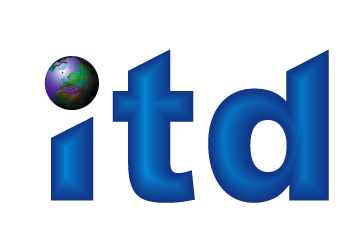
Is there anything more boring than listening to a sales person making a presentation which they have made countless times before? How do we make a standard presentation more relevant for the prospect and more interesting for them and us?
The voice deviates to that monotonous drone; the body language becomes limp and unanimated. We look bored and the prospect responds likewise. We glance vacantly at the slide and for one moment we can’t even remember what it is about…
The presentation is not a bad one, it’s just that we’ve made it countless times before.
Can we do anything to bring it to life?
Answer = yes, lots. Even if we’ve been given the presentation by marketing and we’re not allowed to tweak it.
When working in Pharmaceutical sales we are often not allowed to change any slides or handouts, as these have been written and checked by the medical and marketing guys. But we can still adapt our message to the needs of the prospect.
The underlying point is that we can tailor the content and/or the delivery of the presentation to suit the prospect.
We start by understanding the needs and wants of the prospect. Why have they agreed to the presentation? What do they want to know? What are they trying to achieve? What are their motivators? What is their perspective on the subject? What experience have they had of the subject? What do they know already?
Once we have an appreciation of their needs then we can consider how to adapt the presentation. The first thing we can do is create a slide or write on a flip chart/ dry wipe board the objective for the presentation. And this objective needs to be from their perspective. For example, ‘To give XYZ Ltd a better understanding of the lighting and bulb market & specifically on the cost benefits of LED lighting’ or ‘To give XYZ Ltd enough information to make a decision on web marketing for their new product launch’ or ‘To update the team on the recent research findings on the efficacy of product A’.
So now the presentation is less about what we do and more about how the prospect can achieve their objective.
Once we have the objective set we look at every slide and ask ourselves does this help achieve the objective? If it doesn’t then we hide, or delete, or skip over it. If it does we need to memorise how it contributes to the objective, so that when we make the presentation we know exactly what we are going to say. Not memorising every word just the point if the slide.
All at once the presentation is no longer dull. The voice is well toned. We sound interested because we are interested, because our brains need to articulate each point from the perspective of our prospect.
The presentation is no longer the same one we give every day; it is tailored to the prospect. And yet we may not have changed a single slide.
I recently experienced this from a bank. The specialist had been brought in to present a new product. He asked one open question, ignored the answer and gave his ‘standard presentation’. He sounded bored. He talked at me for a few minutes. A waste of everyone’s time.
But if he had asked more questions, listened to the answers and framed his presentation based on the answers, then it would have been a more useful and interesting experience for all of us.
If you have thoughts on this approach please write your comment below.
